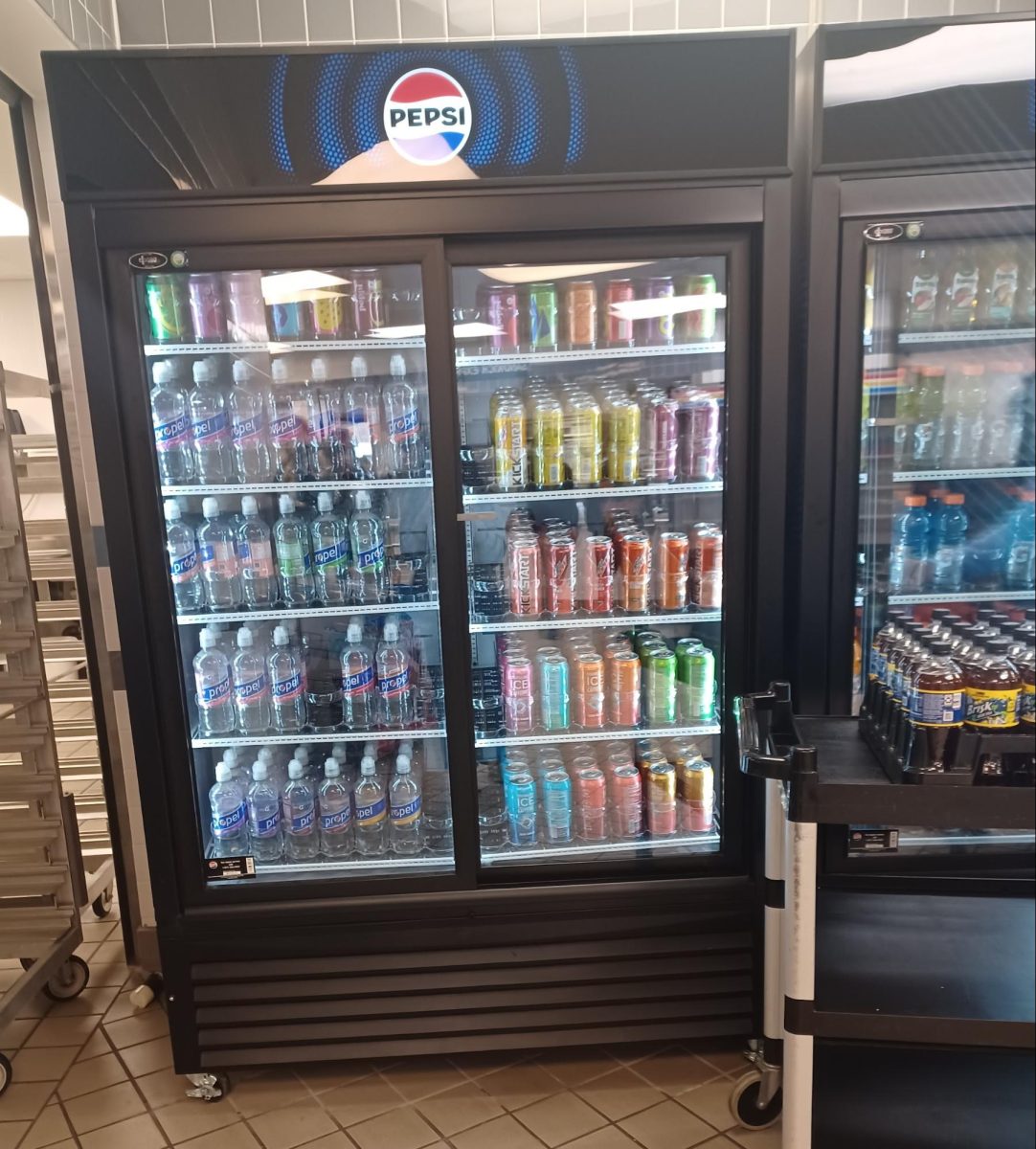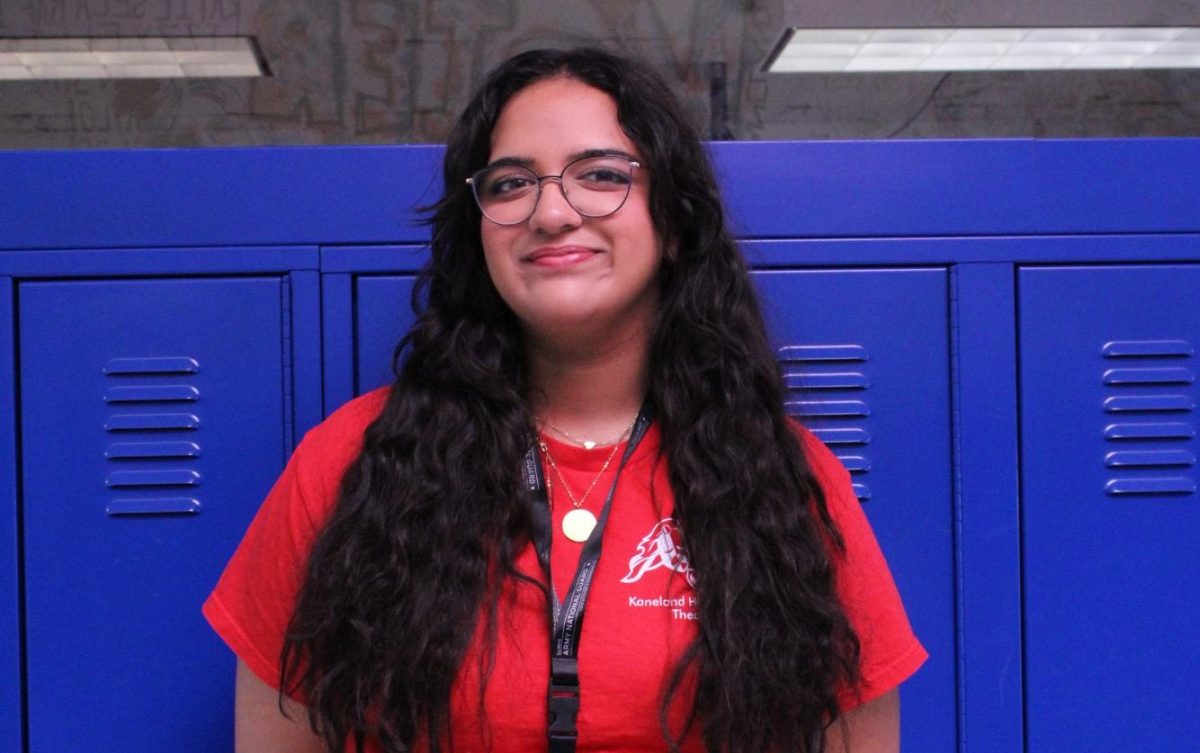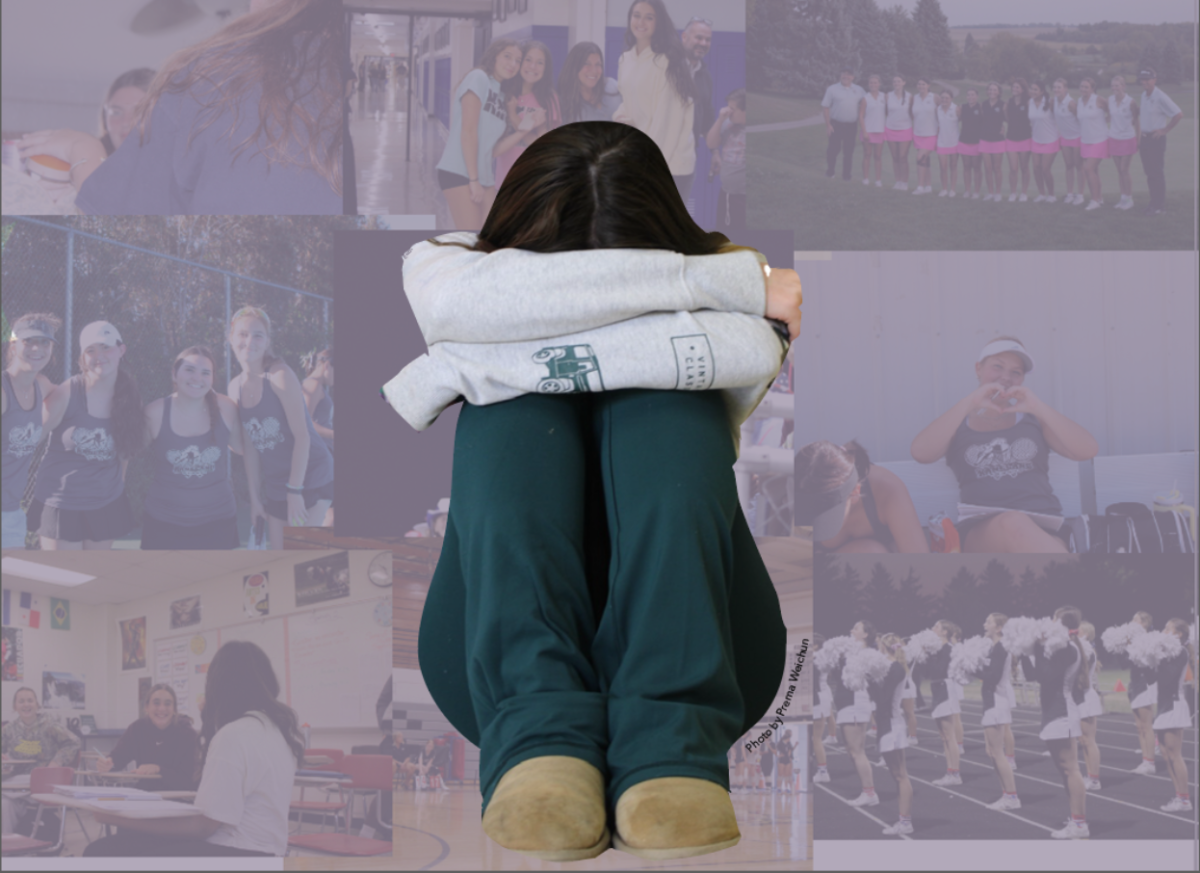Somewhere in the world there is a little girl getting tucked in. She is struggling to sleep because excitement fills her veins. School has always been her happy place. She is the type of girl who knows she will be president when she grows up, who is laughed at when she says she will go to an Ivy League school. But she lets them laugh, because she knows what her future holds.
Just get through middle school. Then high school. And finally, her life can begin in college.
For many of us, we are that little girl. The ones who can’t wait for their future to start, who can’t wait for their lives to begin. The dreamers.
College can seem like the natural next step: the bridge from adolescence to adulthood. A key moment of development.
But as we continue to grow, we begin to realize the reality that comes with a dream. What once seemed like a genuine possibility becomes unattainable. College is expensive. Plain and simple.
“As someone who attended and someone who helps students attend [college], finances are a huge burden,” said Kate Ozarka, who in addition to being a high school guidance counselor also works in Kaneland’s College and Career Center. “That is a huge barrier of attendance.”
Ozarka is not the only one who believes this. A 2023 poll by the National Association of Student Financial Aid Administrators (NASFAA) found that 55% of adults who never attended or stopped attending college did so because of financial reasons.
And it’s not just tuition. Paying for additional expenses like housing, meals, textbooks, course fees and parking fees all adds up. These other costs can often be hard to plan for when a high school student is trying to save for college.
Not to mention that many college freshmen are 18 or 19 when they start college. This means that they most likely only had four or five years to save money of their own if they started saving at the legal working age of 14. But even then, hours are restricted and regulated. With such little time, saving is difficult.
According to the Academic Data Initiative, in-state attendees of a public four-year institution living on campus spend an estimated $27,146 in an academic year. This is paired with the average tuition being $9,750 per year ($27,457 for out-of-state students).
The price nearly doubles when a student attends a private for-profit school, with the average tuition costing $15,868. This more than doubles at private non-profit schools, where the cost is around $38,421 annually.
The Academic Data Initiative reports that “in the 21st century, annual tuition at the average public institution has increased 196%, an annual growth rate of 9.8%.”
College prices can become a huge burden for families in our area. The United States Census Bureau finds that the median household income in Kane County is $93,343.
As a new school year begins, it is completely natural for juniors and seniors to start seriously thinking about their futures and how money plays a part in their dreams.
“If I stay in state or around state, [my tuition] will be like $35,000 a year,” senior Lauren Babka said. “But my dream school, the University of Colorado, unfortunately is like $60,000 a year.”
Babka was a kid who always wanted to go to college. It’s been part of her plan for as long as she can remember. Tuition is a large factor she takes into account when considering where she will go next year.
“My parents are paying for my tuition, so I’m trying to look at stuff that’s not going to put them in too bad of a situation,” Babka said.
With the hefty financial toll of college, there are steps you can take to alleviate the burden. Financial aid is a way to get money from a college directly.
“Work directly with an institution,” Ozarka suggests. “You have to share a lot though. You have to be very open about where you are in your life, what has happened, where your goals are and how that doesn’t align with your finances and where you come from.”
Colleges have financial aid departments that are there to help you. It takes reaching out and connecting to make it happen. Once you’ve made that initial contact, you will usually be given a financial adviser.
“They are more than happy to help you,” Ozarka said. “A lot of the time, students don’t even know where to start so they don’t start at all. And that’s the biggest problem. The financial aid department is screaming, ‘We’re here! We have stuff! We can help you!’ And a lot of students just don’t know about it.”
Each student’s experience with the financial aid system is different because everyone’s situation is unique. But, as Ozarka emphasizes, it’s important to try.
According to the Federal Student Aid website, “Federal student loans are an investment in your future.”
And in many ways, it can be true. Student loans provide a system in which you borrow money from the U.S. Department of Education or a private orgnization to pay for your education and that you agree to pay back later. They were created with the intention of helping middle-income families afford the rising costs of education. Similar to financial aid, student loans depend on each person’s circumstances.
Ozarka, after meeting with her financial aid department every semester, graduated with $20,000 in student loans. She attended the private school Augustana College and estimates that her yearly tuiton was around $50,000.
When she decided to go back to school to become a counselor, she couldn’t rely on financial aid alone. Ozarka had to take out more loans.
“That was hefty. That was probably $45,000,” she said. “That’s a lot of money. But I wanted it; it was my career. I was so passionate about it, so I was like, ‘Let’s do this.’”
And so she did.
It has taken Ozarka about 10 years, but she is just about to finish paying off her loans.
Students have to start paying off their loans six months after graduation, but the planning of how they will repay it is up to them. Payment plans are often used to help keep people on track. You set a goal and your plan helps set out a payment timeline.
The government can also defer your loans, meaning they can pause your loans and the interest gained on them for a period of time. During this period, payments are an option. Ozarka was in deferment during the COVID-19 pandemic.
With such a large number on the line, loans can be a dangerous path. But when asked if she regrets taking them out, Ozarka said “No,” without hesitation.
“I’ve lived my life. I’ve lived where I wanted to live. I’ve gotten the job I wanted. It’s never been like, ‘Oh myGod, I can’t do this,’” she smiled. “I was fortunate that I didn’t have a hefty loan or a monthly payment I couldn’t keep up with. That’s not the story for everybody. I know people who had to take out $100,000 loans.”
Loans are a big decision for many and can become a financial burden when entering the job market. But how people pay for college will differ from student to student.
“Doing scholarships, applying for financial aid [is how I’ll save],” Babka said. “If I have to take out a loan, it’d be under my name and not my parents so that it’s my issue post-college.”
It is no secret that college is expensive. It’s an investment in the future, but it doesn’t come easy.
As Ozarka says, “Time is money in college.”











